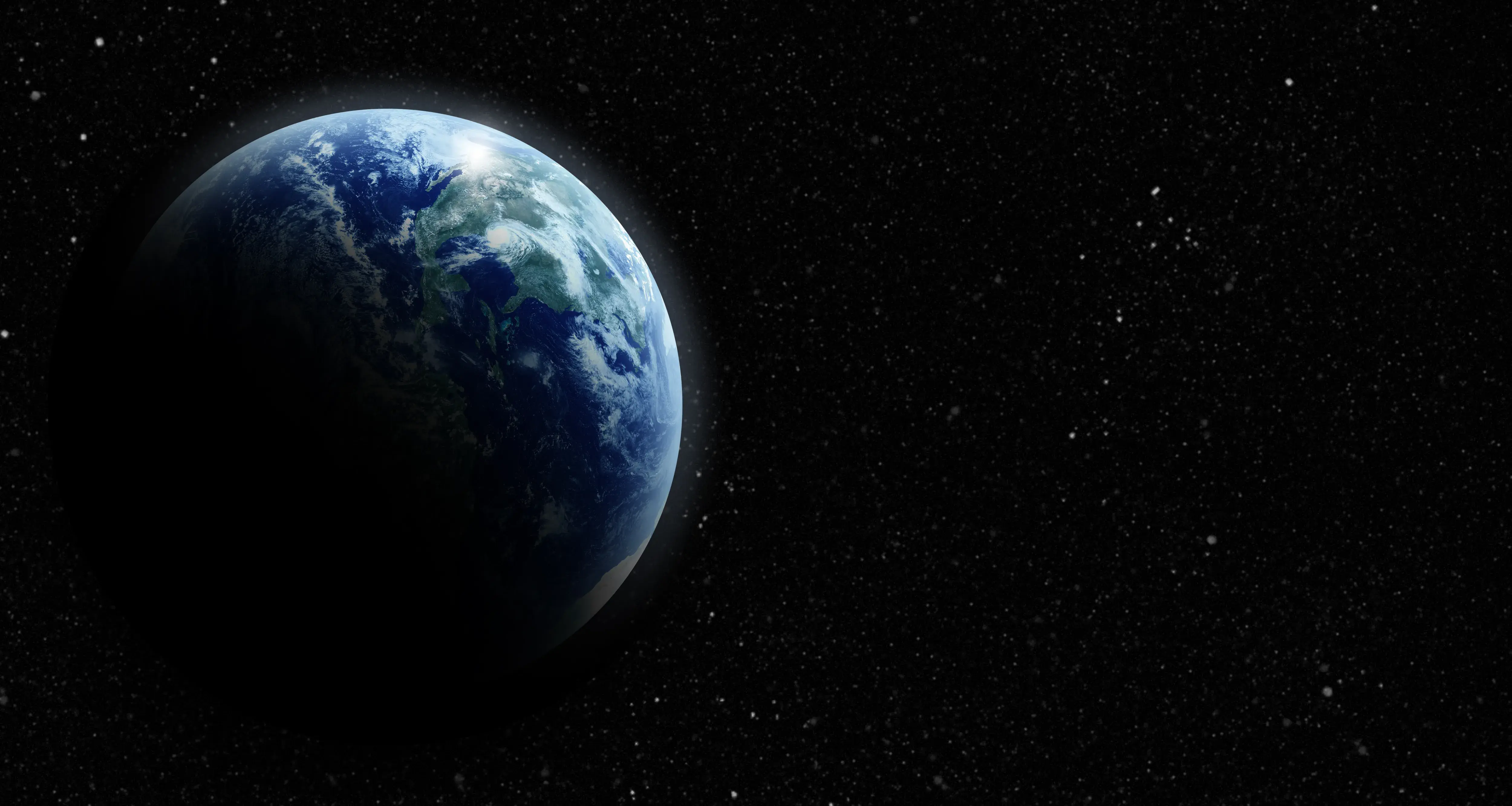Climate research: Earth faced global environmental crisis 42,000 years ago
About 42,000 years ago, a weakening of the Earth’s magnetic field caused a massive climate shift, sparking a global environmental crisis. This was the sensational conclusion of a recent international climate study. The ZHAW's own Julien Anet was among the researchers involved in the study.


The study examined ancient tree trunks that had been preserved in a swamp in New Zealand. Researchers from the University of New South Wales analysed the amount of the radioactive carbon isotope carbon-14 contained in the wood. The idea is straightforward: When the Earth’s magnetic field is weak, more cosmic radiation reaches Earth’s atmosphere, which increases the production of carbon-14. Analysis of the wood showed that around 41,500 years ago the strength of the magnetic field fell to 6% of its current value. The results were compared to previous records, including data from ice cores and stratigraphical analyses. ZHAW researcher Julien Anet carried out climate simulations using a global chemistry-climate model in collaboration with researchers from ETH Zurich. Their calculations show how Earth’s atmosphere reacted to the weakening of the magnetic field. “Cosmic radiation not only produces carbon-14, it also causes other chemical changes in the atmosphere,” explains Anet. “The strongly ionising cosmic radiation triggered a cascade of reactions that eventually weakened the ozone layer.” According to the Swiss researchers’ calculations, the ozone concentration in the stratosphere decreased by about 5% due to the weakening of the magnetic field. As a result, the atmospheric circulation changed. The jet stream became wavier, which lead to North America turning significantly colder and Europe’s climate warming up. This in turn had an impact on the environmental conditions for life on Earth at a regional level over a long period of time. According to the researchers, geomagnetism might be an important evolutionary factor that has gone largely unrecognised.
Die Ergebnisse wurden am 18. Februar 2021 im Wissenschaftsmagazin «Science» veröffentlicht: https://science.sciencemag.org/content/371/6531/811